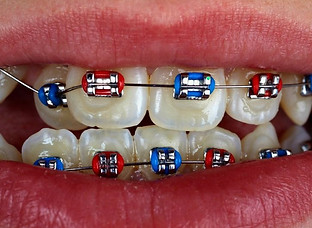
metal braces
Ceramic braces are a common alternative to metal braces, although they aren’t recommended for severe cases.
Ceramic braces were introduced back in the 1980s when the idea for less visible braces came about. Contrary to popular belief, ceramic brackets are tough and don’t stain as easily as they used to thanks to continuing product development and technological advances.
15,000INR
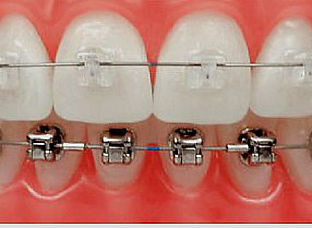
ceramic braces
Ceramic braces are a common alternative to metal braces, although they aren’t recommended for severe cases.
Ceramic braces were introduced back in the 1980s when the idea for less visible braces came about. Contrary to popular belief, ceramic brackets are tough and don’t stain as easily as they used to thanks to continuing product development and technological advances.
30,000INR

DAMON BRACES
Damon braces differ from traditional braces in three key ways:
1. Instead of using elastics, the brackets on Damon braces are a passive self-litigating system.
2. The wires used in Damon braces are lighter than traditional wires,
3. Most patients who choose the Damon System will not require a palate expander
35,000INR
Now smile confidently with our invisible series

aligners
Clear aligners are a great alternative for patients who want a straighter smile, but do not want to wear traditional metal braces. Also, aligners are beneficial for patients with previous orthodontic treatment that want to make minor corrections to their smile. There are several advantages to using clear aligners:
contact us for more........
From:
75,000INR
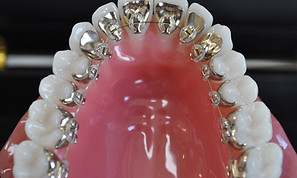
lingual braces
An extremely popular option, lingual braces are attached to the inside surfaces of the teeth, making them virtually invisible from the outside. As such, they’re an ideal choice for both teen and adult patients who desire a more subtle way to straighten their teeth.
From:
35,000INR
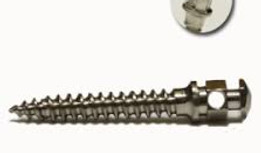
mini implant
advance care with dental mini implants NOW IN SIYA

Forsus-3m
For
The Forsus is an appliance used to help correct an overbite. It helps to move the lower teeth forward and the upper teeth backward.

Lingual retainers
No need to remove ,needs little patient cooperation .
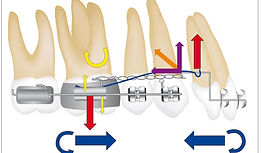
loop mechanics
we don't believe sigle mechanics for different problems .from loop to mini implant we extend our service to fullfill your clinical need

Palatal expanders
The eary we catch,easier it's to correct .Advanced palatal expanders for narrow jaw, NOW IN SIYA

Clear retainers.
Clear retainers are easy to use ,never interfere with oral hygiene maintenance and are highly aesthetic
WHY WEAR RETAINERS?
During your orthodontic treatment the bone and elastic tissues (the periodontal ligament) around your teeth are manipulated to allow the teeth to move into their new positions. When your braces are removed your mouth needs time to adjust to the new tooth positions and retainers allow this to happen in an orderly fashion.
Regardless of whether you had traditional braces or Invisalign treatment, you will still need to wear a retainer in order to maintain the results achieved through orthodontic treatment. Without consistent wear for the rest of your life, you risk the chance of your teeth returning to their pre-orthodontic position.
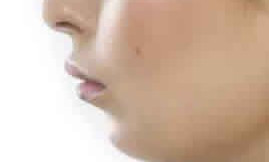
RETRUDED CHIN
RETRUDED CHIN
The lower jaw will be placed behind/short of upper jaw
can be corrected if catched earlier
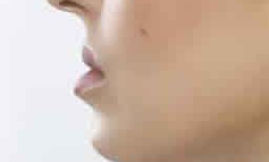
Retruded upperjaw
upper jaw growth will be deficient

protruded maxilla
Excessive Upper jaw grow
can be corrected or development of severity can be reduced with head gear
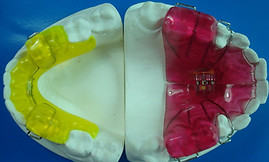
myofunctional aplliance
Appliance like twin block ,activator,bionator can modify abnormal muscle function and correct skeletal discrepancy
DURATION OF USAGE/DAY
ACTIVATOR=12-14 HRS
TWIN BLOCK=24 HRS
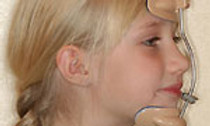
Reversed pull head gear
For retruded upper jaw . Efficient in younger children
-
These are appliances to treat deficient upper jaw in growing individual patients are advised to use it for 12 to 14 hrs during night
-
Should never be worn while playing, also be removed while eating or brushing your teeth.
MALE BEFORE 12
FEMALE BEFORE 11
DURATION OF USE/DAY
14 TO 16 HRS

HEAD GEAR
These are removable appliance use to resist the excess growth of maxilla in growing young individual. The severity of the problem determines the length of time headgear needs to be worn. It must be worn 12 to 14 hours per day, and if not, it must be made up the following day.Headgear should never be worn while playing, also be removed while eating or brushing your teeth.
you child first visit for braces
siya braces care
By the age of 7, children have a mixture of primary and permanent teeth. problems children experience include crowding, protruding teeth, missing or extra teeth, space between teeth, with jaw growth.
Malocclusions can develop as a result of: finger or thumb-sucking Abnormal
Early or late loss of baby teeth can also be factors that contribute to the development of bad bites. .
myofunctional/orthopaedic appliance
At the age of 7, children have a mixture of primary and permanent teeth. problems children experience include crowding, protruding teeth, missing or extra teeth, space between teeth, with jaw growth.
Malocclusions can develop as a result of: finger or thumb-sucking Abnormal
Early or late loss of baby teeth can also be factors that contribute to the development of bad bites. .

